No-one was hurt in the uncrewed test that lifted off from Texas’ coast on Thursday morning local time.

After two to three minutes into the flight, the rocket – the biggest ever developed – started to tumble out of control and was soon destroyed by onboard charges.
Mr Musk has said his company will try again in a couple of months.
SpaceX engineers still class Thursday’s mission as a success. They like to “test early and often” and are not afraid to break things. They will have gathered a mass of data to work towards the next flight. A second Starship is almost ready to take flight.
“Congrats @SpaceX team on an exciting test launch of Starship! Learned a lot for next test launch in a few months,” Mr Musk tweeted.
The Federal Aviation Administration, which licenses rocket launches in the US, said it would oversee a mishap investigation. A spokesman said this was standard practice when a vehicle was lost in flight.
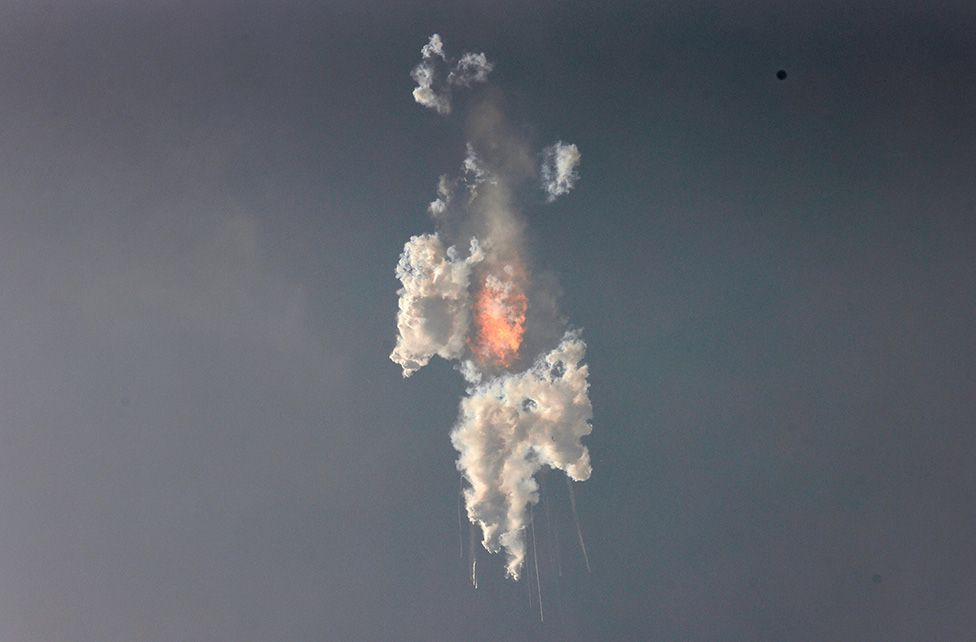
The entrepreneur had tried to temper expectations before the launch. Just getting the vehicle off the ground and not destroying the launch pad infrastructure would be considered “a win”, he said.
His wish was granted. Starship cleared its launch complex on the US-Mexico border and picked up pace as it headed out over the Gulf of Mexico. But it was evident within a minute or so that not everything was going to plan.
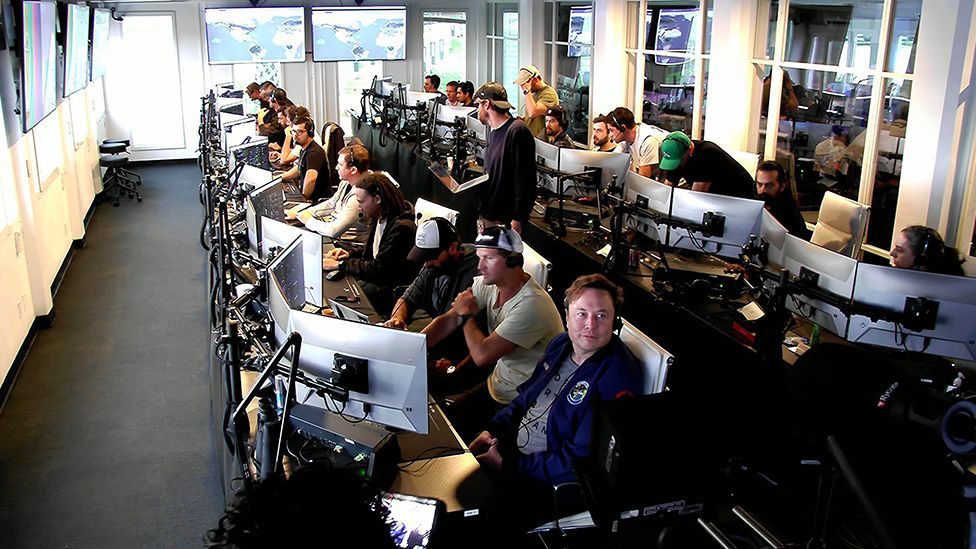
As the rocket climbed higher and higher, it could be seen that six of the 33 engines at the base of the vehicle had been shut down or had flamed out.
And three minutes into the flight, it was pretty obvious the end was near. When the two halves of the vehicle should have been separating, they were in fact still connected – and veering off course.
At launch-plus-four-minutes, as Starship was losing altitude, a large explosion ripped across the blue sky, the result of computers triggering the vehicle’s Flight Termination System (FTS).
“With a test like this, success comes from what we learn, and we learned a tremendous amount about the vehicle and ground systems today that will help us improve on future flights of Starship,” SpaceX said in a statement.
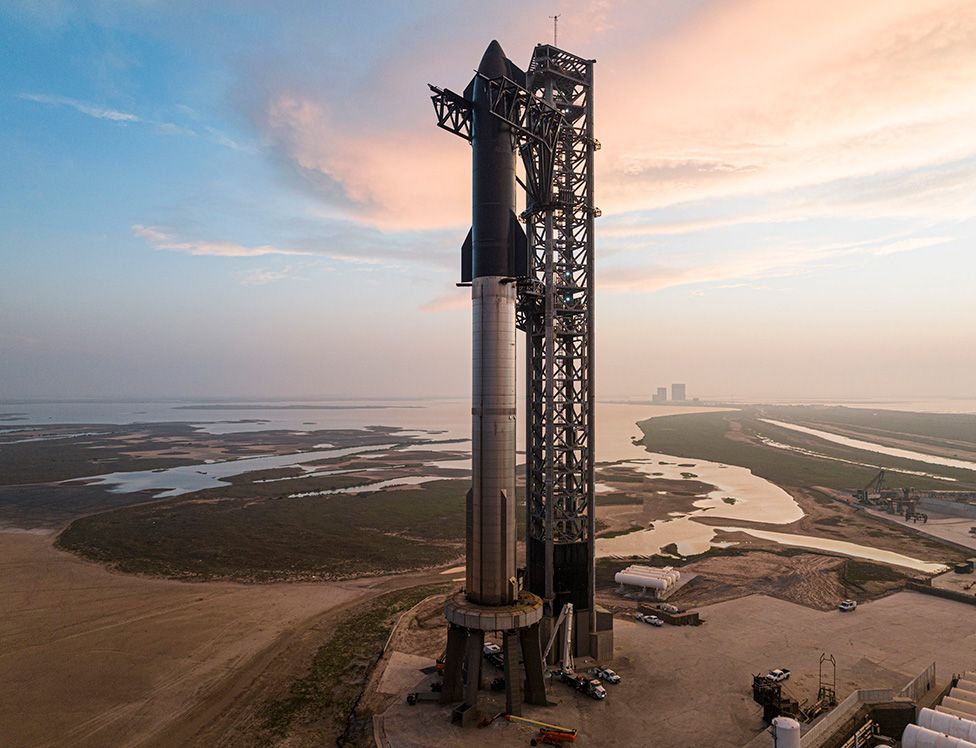
The top segment of Starship, also known as the ship, had taken flight previously on short hops, but this was the first time it had launched with its lower-stage.
This immense booster, called simply Super Heavy, was fired while clamped to its launch mount in February. However, its cluster of engines on that occasion were throttled back to half their capability.
If, as promised, SpaceX went for 90% thrust on Thursday, the stage should have delivered something close to 70 meganewtons.
That’s double the thrust put out by the Saturn V rocket that famously sent men to the Moon in the 1960s and 70s.
Starship may not have destroyed its launch pad but later pictures indicated the forceful departure had done a fair amount of damage to concrete surfaces.
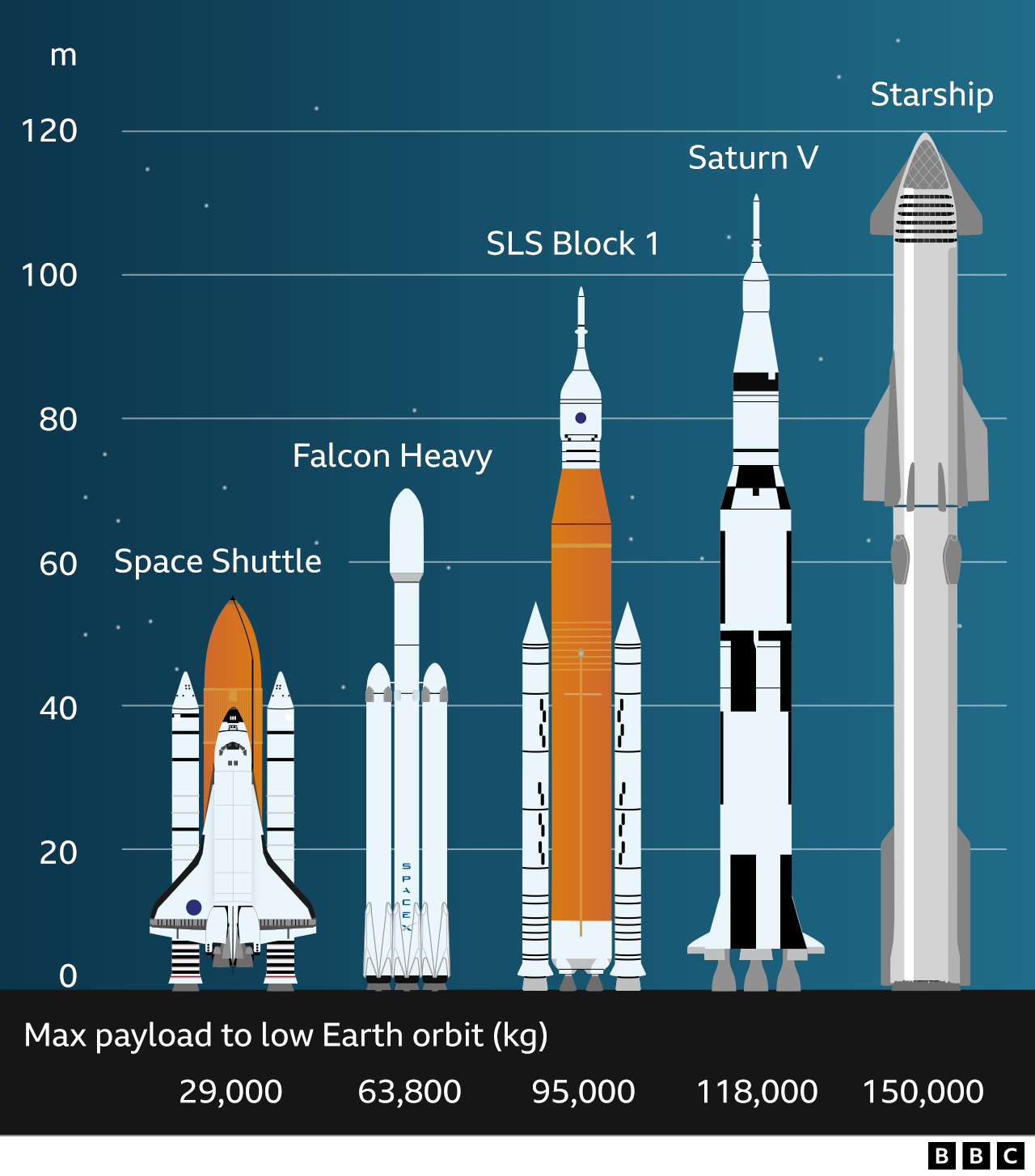
The plan for the mission had been to send the ship on one near-complete revolution of the Earth, ending with a splashdown in the Pacific, a couple of hundred km north of Hawaii.
There was no expectation that the ship or Super Heavy would be recovered. However, long term, this is the plan. The idea is to land both halves, refuel them and launch again – over and over.
If this can be achieved, it will be transformative.
Starship has a prospective payload performance to orbit of more than 100 tonnes per flight. When this is allied to the low cost of operation – principally, just the cost of fuel – it should open the door to an exciting future.
“In the industry, there’s certainly a very high expectation at the potential of this vehicle for disruption,” said space consultant Carissa Bryce Christensen.
“Its massive capacity, from a commercial standpoint, could be significant. A very large vehicle that’s human-rated could be important for the emergence of space tourism. The other element is the vehicle being inexpensive. So, you’ve got a vehicle with two transformational aspects – massive capacity and, potentially, at a very low price,” the CEO of BryceTech told BBC News.
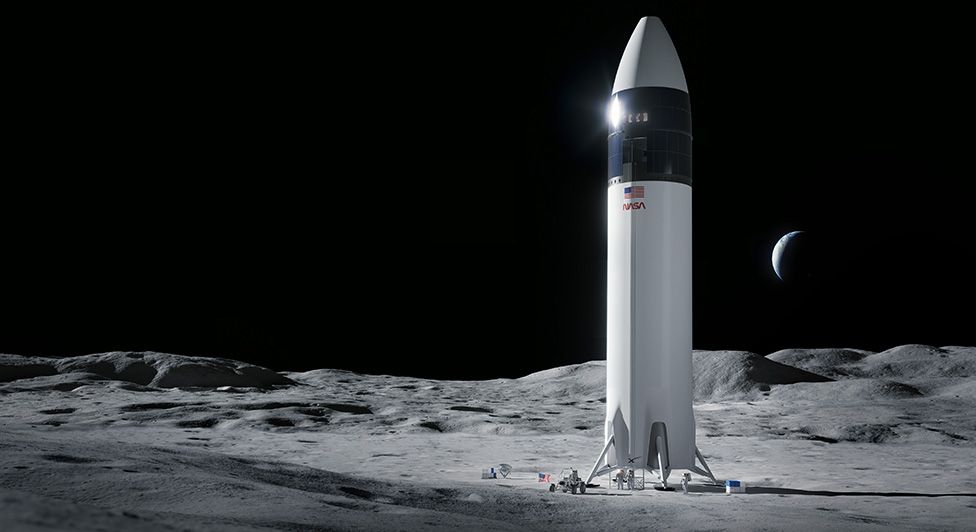
The entrepreneur will initially use Starship to launch thousands more satellites for his broadband internet constellation in the sky – Starlink.
Only when engineers are confident in the vehicle’s reliability will they permit people to fly on the rocket.
The first mission has already been lined up. It will be commanded by billionaire US businessman and fast-jet pilot Jared Isaacman. He’s already flown to space in a SpaceX Dragon capsule.
The first flight around the Moon will be conducted by Japanese retail fashion billionaire Yusaku Maezawa. He will take eight artists with him as part of his DearMoon project.
The US space agency, Nasa, wants to use a version of Starship to land its astronauts on the Moon’s surface.




















Add Comment